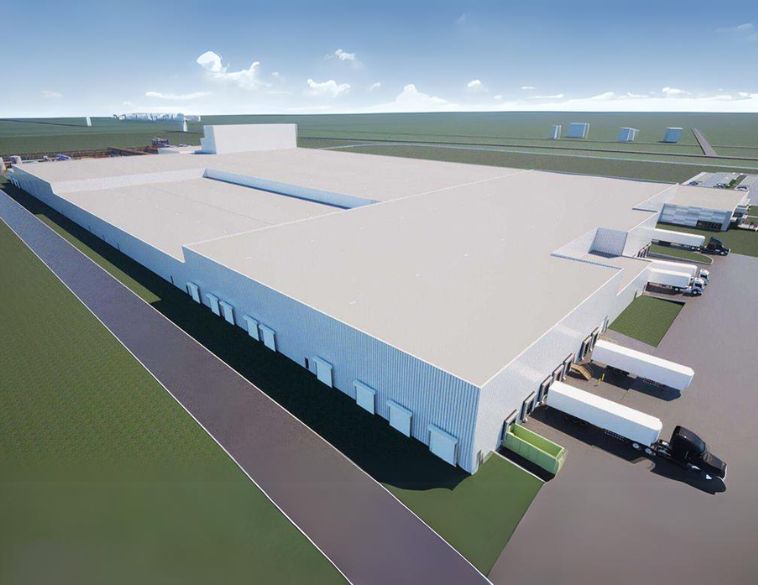Many economic factors are improving, but “volatility” has become the new norm.
We’re living in a world where we can sometimes say “Good news is bad news.” Unemployment is still very low in Canada, consumer spending continues to be resilient, and Canadian GDP in the first quarter grew 3.1% at an annualized rate, and that’s good news overall. But in another sense, it’s also bad news, because the Central Bank continues to worry about whether it has done enough to bring excess demand back in line with supply, which in turn would ease upward price pressures as it aims to bring inflation down to its target.
Regular shakeups
In recent years, it’s almost as if we have “serial shocks,” with something happening every couple of months to shake up the economy. It started with COVID, then the supply chains, and more recently the failures of three U.S. regional banks, and the near-term effect of the Canadian wildfires. Throughout all these shocks, Canada’s Central Bank has its mandate to target an annual inflation rate of 2%. As a result, in early June, it ended its conditional pause and hiked the overnight rate to 4.75% while keeping the door open to tightening monetary policy further if needed.
Canada’s economy remains resilient
More than a year into this fastest-tightening cycle in decades, you still see surprising resilience within the economy. Consumer spending is slowing, but it’s still strong. In May, Canadian auto sales improved after three months of flat-to-negative seasonally-adjusted sales growth. Sales are up 3.7% year-to-date when compared to 2022, but they remain at 18.5% below the pre-pandemic numbers of 2019. Consumers want to make the large purchases they put off during the pandemic, including new vehicles, but the high finance rates are a factor they must take into consideration.
Production rate rises but challenges remain
On the supply side, the North American light-vehicle production rate reached 16.2 million seasonally-adjusted and annualized units in April 2023. That’s the fastest seasonally-adjusted pace since July 2020, when vehicle production increased following the first wave of pandemic-related lockdowns. Production constraints are still not out of the woods yet, and that level will need to stay steady for an extended period to positively affect the pressure that vehicle supply issues are having on auto sales. In Canada, we are forecasting 1.66 million vehicles in 2023. As interest rates eventually fall and inflation comes down, we expect that to grow to 1.75 million in 2024.
A long and bumpy road for the U.S.
The United States is also dealing with high financing rates and continued pressure on vehicle supply. While Canada’s sales increased slightly in May, the U.S. in that month had its third seasonally-adjusted sales decrease in four months. The recovery there will be a long and bumpy road made more difficult by increasing interest rates that are expected to remain high through the first quarter of 2024. The 48-month car loan in the U.S. reached 7.0% in May, the highest average new-car loan rate since October 2009; and the cost of financing is expected to remain elevated through the rest of this year.
It certainly isn’t all bad news for Canadian auto dealers, of course. These serial shocks are the “new normal,” but the economy remains resilient, and people want to buy vehicles. Over time, that demand will eventually lead to a broad recovery.






 VALLEYFIELD
VALLEYFIELD Full time
Full time


